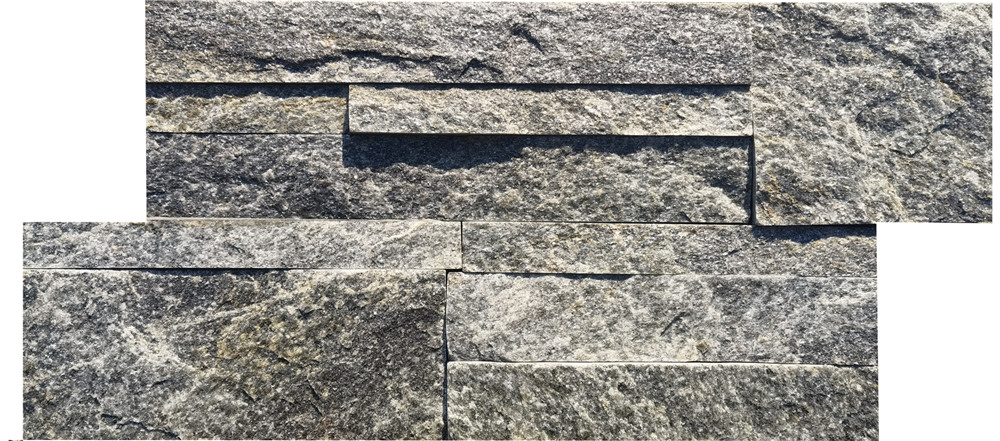Introduction
Cultured stone houses have long held a special place in the world of architecture, showcasing a perfect blend of traditional charm and modern innovation. These stunning structures have a unique appeal that resonates with homeowners seeking a timeless and elegant aesthetic. In this article, we will explore the history, construction, benefits, and design possibilities of cultured stone houses, highlighting why they continue to captivate us in the 21st century.
History of Cultured Stone Houses
The concept of using stone as a building material dates back thousands of years, with ancient civilizations such as the Egyptians, Greeks, and Romans incorporating stone into their architectural designs. The durability, strength, and natural beauty of stone made it a popular choice for constructing enduring structures that stood the test of time.
In more recent history, the development of cultured stone provided a revolutionary alternative to natural stone. Cultured stone, also known as manufactured or artificial stone, is made by casting concrete in molds that replicate the look and texture of natural stone. This innovation allowed builders and homeowners to achieve the aesthetic appeal of stone at a fraction of the cost, leading to the rise of cultured stone houses in the late 20th century.
Construction of Cultured Stone Houses
The construction of a cultured stone house involves several key steps that contribute to its unique beauty and structural integrity. The process typically begins with the selection of the desired stone style and color, as there are a wide variety of options available to suit different architectural preferences.

Once the design choices have been made, the construction team prepares the foundation and framing of the house to support the weight of the cultured stone. https://www.fs-slate.com/mosaic/ is paid to ensuring proper insulation and moisture protection to preserve the longevity of the stone facade.
The cultured stone panels are then installed on the exterior of the house, carefully pieced together to create a seamless and natural look. Skilled craftsmen use a combination of mortar and grout to secure the stone panels in place, paying close attention to detail to achieve a flawless finish.
Benefits of Cultured Stone Houses
Cultured stone houses offer a range of benefits that contribute to their enduring popularity among homeowners and builders alike. One of the primary advantages of cultured stone is its cost-effectiveness compared to natural stone, making it a more accessible option for those looking to achieve a luxurious aesthetic on a budget.
Additionally, cultured stone is lightweight and easy to install, reducing labor and construction time compared to traditional stone masonry. This efficiency not only saves money but also allows for quicker project completion, minimizing disruption to homeowners.
Furthermore, cultured stone is highly durable and resistant to weathering, fading, and cracking, ensuring that the facade of a cultured stone house retains its beauty and integrity for decades to come. This longevity makes cultured stone a practical choice for homeowners seeking a low-maintenance and high-quality exterior finish.
Design Possibilities of Cultured Stone Houses
One of the most appealing aspects of cultured stone houses is the endless design possibilities they offer. Whether you prefer a rustic cottage-style facade or a sleek modern look, cultured stone can be customized to suit a wide range of architectural styles and preferences.
For a classic and timeless appearance, a cultured stone house with a traditional stacked stone facade exudes warmth and character. The rich textures and earthy tones of the stone create a welcoming and inviting exterior that complements a variety of landscaping and design elements.
Conversely, a contemporary cultured stone house featuring sleek and angular stone panels can achieve a modern and sophisticated aesthetic. By playing with different stone sizes, shapes, and colors, homeowners and designers can create a truly unique and striking facade that sets their house apart from the rest.
In addition to the exterior facade, cultured stone can also be used to enhance interior spaces, adding depth and visual interest to walls, fireplaces, and accent features. The versatility of cultured stone allows for seamless integration between indoor and outdoor spaces, creating a cohesive design flow that enhances the overall aesthetic of the home.
Conclusion
Cultured stone houses embody a timeless elegance that continues to captivate homeowners and designers around the world. With their rich history, durable construction, cost-effective benefits, and endless design possibilities, cultured stone houses offer a unique blend of traditional charm and modern innovation that stands the test of time.
Whether you appreciate the rustic beauty of a stacked stone cottage or the sleek sophistication of a contemporary stone facade, cultured stone houses provide a versatile and customizable option for creating a truly stunning and enduring architectural masterpiece. Embrace the allure of cultured stone and elevate your home to new heights of elegance and style.
